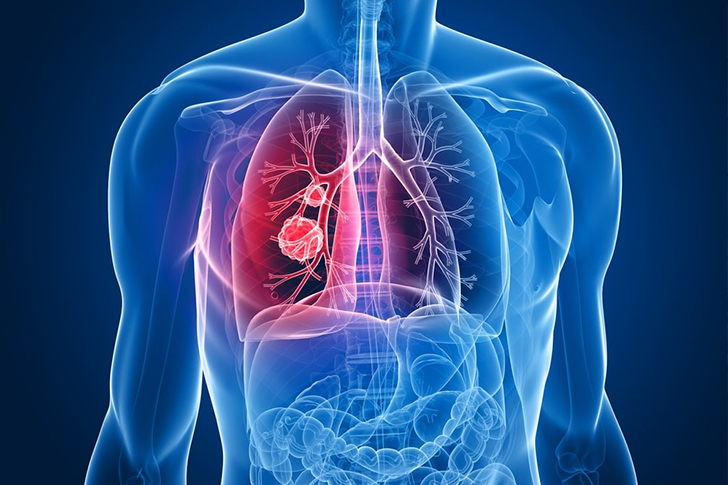Crucial Details About Lung Cancer Every Person Should Know
Lung cancer remains one of the most serious forms of cancer, leading to a significant number of deaths worldwide each year. Understanding this disease, how it develops, and its implications is crucial not only for those diagnosed but also for those looking to minimize their risks. Here, we delve into five pivotal aspects of lung cancer, supported by the latest data and research findings, to provide a comprehensive overview of the condition.

1. Understanding the Different Types of Lung Cancer
Lung cancer is primarily divided into two main types: non-small cell lung cancer (NSCLC) and small cell lung cancer (SCLC). NSCLC is the more common of the two, accounting for about 85% of all cases, and it generally grows and spreads more slowly than SCLC. Within NSCLC, there are three main subtypes: adenocarcinoma, squamous cell carcinoma, and large cell carcinoma. Each type originates from different types of lung cells and therefore, may require different treatment approaches.
SCLC, comprising about 10-15% of lung cancer cases, is more aggressive and spreads more rapidly. This distinction is crucial for treatment strategies and often affects prognosis.
2. Risk Factors for Lung Cancer
The leading cause of lung cancer is long-term exposure to tobacco smoke, which contributes to about 85% of all lung cancer cases in the U.S. However, non-smokers can also develop lung cancer; this can result from exposure to radon gas, secondhand smoke, asbestos, air pollution, and other carcinogens. Genetic factors also play a role, with some individuals genetically predisposed to developing lung cancer.
Age is another significant risk factor; the disease is most commonly diagnosed in people aged 65 or older, with a median age at diagnosis of about 70 years. Therefore, understanding and limiting exposure to these risk factors can significantly impact lung cancer rates.
3. Symptoms and Diagnosis of Lung Cancer
Early-stage lung cancer typically does not present clear symptoms, which can make early detection challenging. Symptoms often become apparent only in more advanced stages and may include persistent cough, changes in cough pattern, coughing up blood, shortness of breath, chest pain, hoarseness, weight loss, and fatigue. By the time these symptoms are noticeable, the cancer often has progressed to a more severe stage.
Diagnosis methods include imaging tests such as chest X-rays and CT scans, followed by a biopsy to confirm the presence of cancerous cells. Advancements in diagnostic technology, including the use of low-dose CT scans for high-risk individuals, have improved the rates of early detection.
4. Treatment Options Available
Treatment varies depending on the type, stage, and spread of lung cancer, as well as the patient’s overall health. Common treatments include surgery to remove the tumor, radiation therapy, chemotherapy, targeted therapy, and immunotherapy. Emerging treatments that target specific molecular aspects of cancer cells, known as precision medicine, have shown promise in improving outcomes and reducing side effects.
Moreover, the combination of treatments can often extend life and improve quality of life. Clinical trials continue to be a vital avenue for gaining access to the latest treatments before they are widely available.
5. Prognosis and Survival Rates
Survival rates for lung cancer vary widely depending on the stage at diagnosis. According to the American Cancer Society, the overall 5-year survival rate for lung cancer (for all stages combined) is about 25%. However, when detected at an early stage, the survival rate improves significantly; for localized NSCLC, the 5-year survival rate is about 63%. Unfortunately, only about 16% of lung cancers are diagnosed at this early stage, highlighting the critical need for increased awareness and screening.
These rates also vary by race, gender, and age; younger individuals and women tend to have a better prognosis than older individuals and men. The survival rates also differ geographically and by socioeconomic status, which points to disparities in access to care and health literacy.







Recent Comments